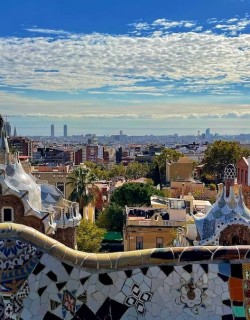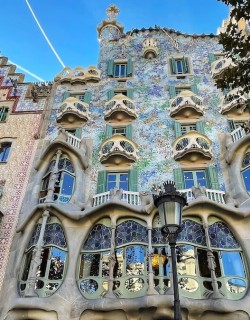It’s pretty simple - if you are an art lover, then Barcelona is your place. The vibrant Catalan capital has nurtured some of the world’s greatest artists, architects and cultural movements, and magnificent galleries and museums all across the city showcase their sizable contribution to the world of art. From dazzling medieval altarpieces to show-stopping frescoes, from the masterpieces in the Picasso museum that showcase the father of cubism’s unique genius to Miro’s loveable, colourful creations and cutting-edge contemporary art exhibitions, there’s something for every artistic taste in Barcelona. Read on for our selection of the best museums in Barcelona, and get ready for an inspiring journey into the glorious riches of Catalan culture!
Picasso Museum
Although a native of Andalucia in southern Spain, Picasso spent his formative early years in Barcelona, and his close-bond with the city profoundly influenced the course of his life and work. His father had moved the family to the Catalan capital to take up a position in the La Llotja art school, where the young Picasso himself soon showcased his precocious talent before taking up with the city’s avant-garde artistic movement.
The wonderful Museu Picasso traces the development of the young artist from his earliest childhood sketches to the highly competent realistic paintings he completed at the art school as a teenager through to the highly inventive artistic experiments in form that would become Picasso’s calling card. Highlights include a number of works from the artist’s so-called Blue period, a number of portraits of his friends (including Jaume Sabartés, the founder of the museum, pictured in a fantastical Renaissance ruff), as well as no fewer than 58 paintings based on Velázquez's iconic Las Meninas - a fascinating insight into the obsessive and ceaseless investigation into the mysteries of art that drove Picasso’s quest for novel artistic expression.
The Picasso museum is housed in a magnificent Gothic palace in Barcelona’s Barri Gothic, and such is its popularity that queues can be long - make sure to book your ticket in advance, and visit outside peak times. Alternatively, consider a guided tour to escape the crowds.
Museu Picasso, Montcada, 15-23, Born, €15, €7 reductions, free for children under 18.
Opening hours: Mon 10am-5pm; Tue, Wed 9am-8.30pm; Thu 9am-9.30pm; Fri-Sun 9am-8.30pm.
Fondacio de Joan Miró
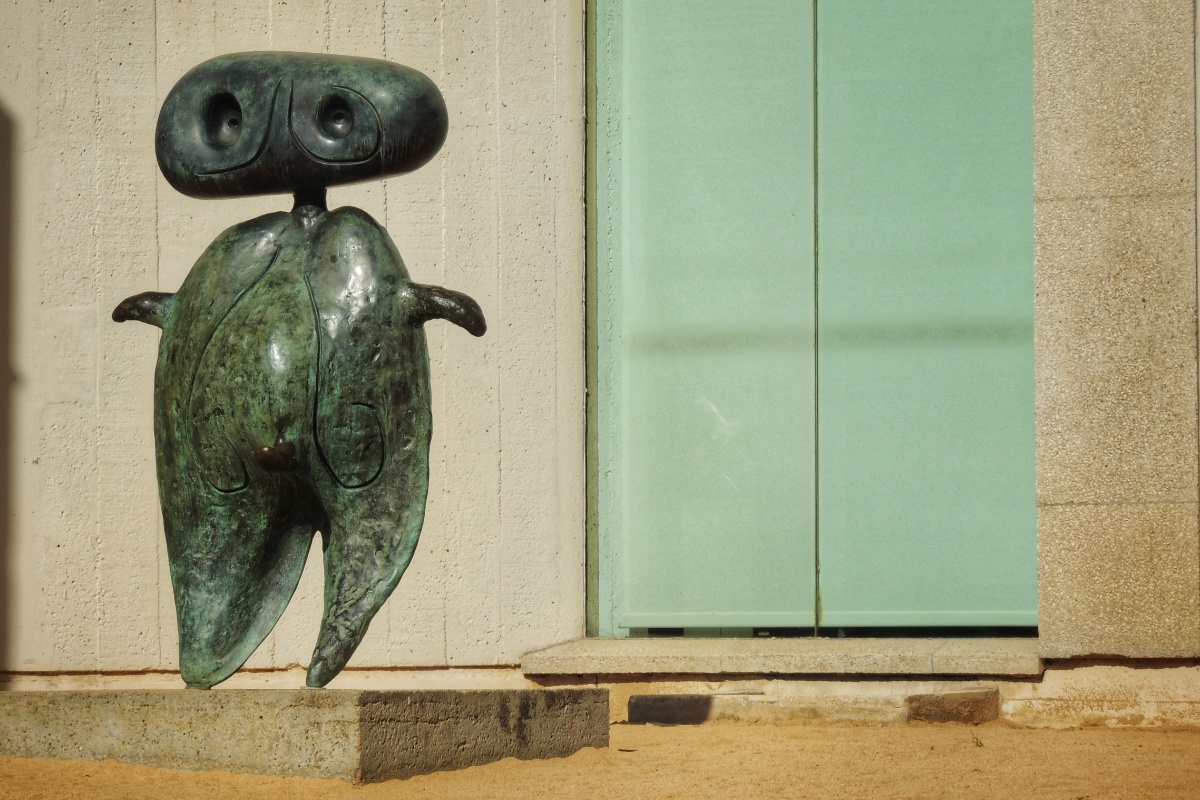
With a permanent collection spanning hundreds of artworks in media as varied as sculpture, painting, large-scale installations and humble sketches, the Fondacio de Joan Miró is the best place to delve into the unique visual world of Barcelona’s most renowned 20th-century artist. Housed in a truly spectacular bespoke museum designed by the artist’s friend Josep Lluís Sert, the vibrant colours and organically-inspired forms of Miro’s imagination contrast beautifully with the clean lines and whitewashed walls of the marvellous modernist edifice.
Everything that makes Miro’s art so beloved around the world is to be found here: most engaging perhaps are the large-scale symbolic canvases such as the iconic Personatge Davant del Sol, where natural symbols like birds, the stars, the moon and the sun are recurring motifs. Look out too for the massive Tapis de la Fundacio tapestry, as well as the more than 150 sculptures that stretch and distort the human form in visually arresting ways.
Visit the Miro Museum and the other highlights of Montjuic hill on a private tour of Barcelona.
Fondacio de Joan Miró: Parc de Montjuïc, €13, €7 reductions, free for children under 15.
Opening Hours: Tue-Sat 10am-8pm; Sun & holidays 10am-6pm.
MNAC: Museu Nacional d’Art de Catalunya
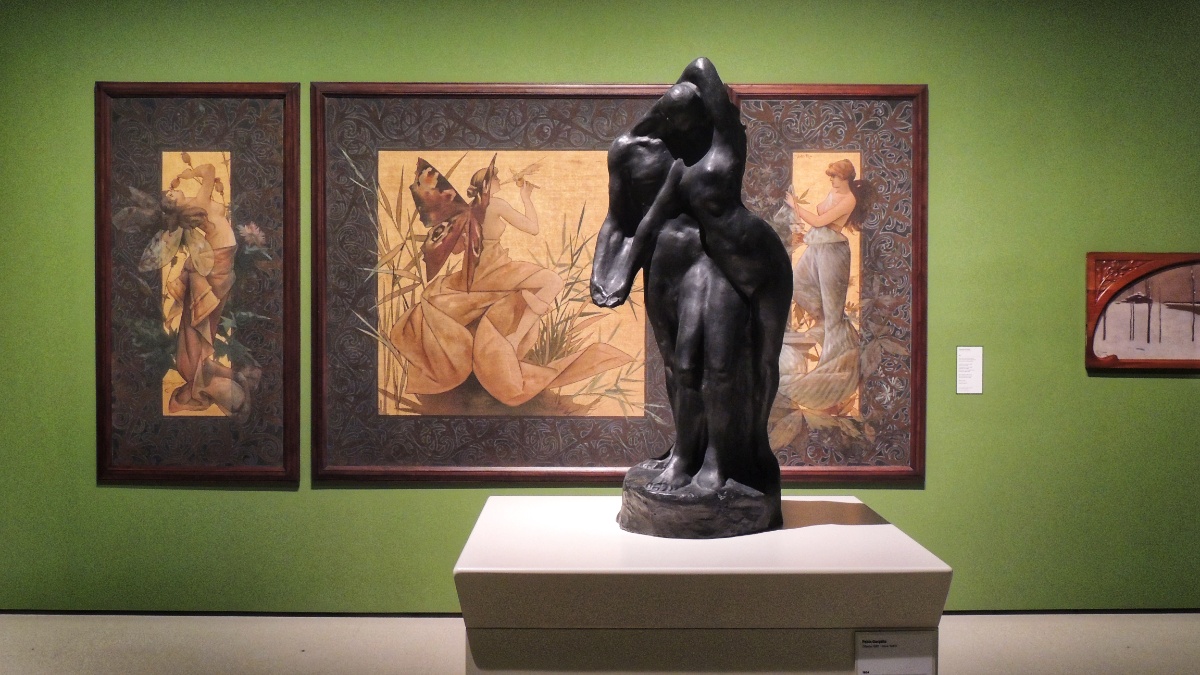
Housed in a massive, sprawling neo-Gothic edifice high atop Montjuic hill, MNAC offers an in-depth route through the history of art in Catalonia from the 12th century right through to the 20th. 'One museum, a thousand years of art' - the museum’s slogan pretty much says it all! You could easily spend a day or even two exploring the halls of the Museu Nacional d’Art de Catalunya, but if your time is more limited than that then focus on the artworks from the Middle Ages: an incredible grouping of frescoes taken from the walls of isolated churches in the farthest-flung reaches of the Pyrenees mountains makes up one of the richest collections of Romanesque paintings in the world, offering up a fascinating window into the almost-lost world of medieval spiritualism.
Continue your journey into the story of Catalan art in the rooms dedicated to Gothic-era Barcelona: frescoes, sculptures and architectural fittings taken from medieval palaces and churches in downtown Barcelona showcase the refined cultural world of Barcelona’s Golden Age, and feature work by the renowned artists Jaume Huguet and Bernat Martorell. If you still have the energy, you’ll be further rewarded by an impressive series of old master paintings including Fra Angelico's' Madonna of Humility, before making the climb upstairs for a fine collection of modern works and art nouveau designs.
Parc de Montjuïc, €12 (valid for two days in the month from purchasing date), free on Saturdays after 3pm.
Opening hours: Tue-Sat 10am-6pm (8pm in summer); Sun and public holidays 10am-3pm.
Museu d'Historia de La Ciutat
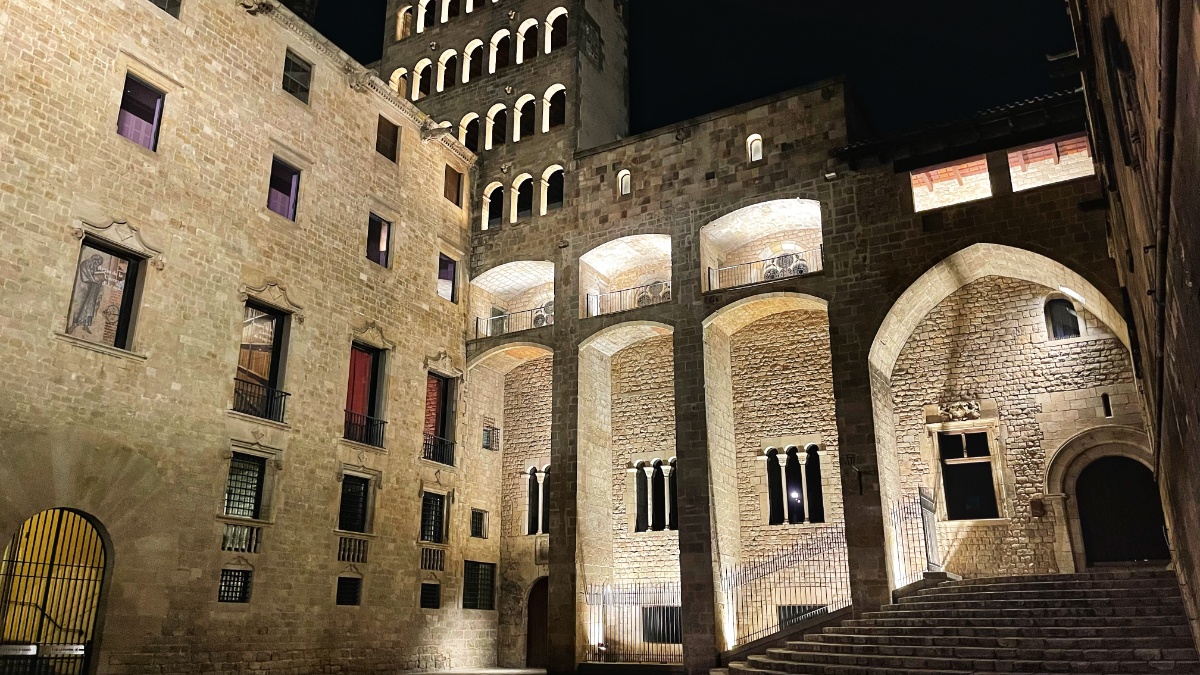
The Museu d'Història de Barcelona (Museum of the History of Barcelona), or MUHBA for short, is Barcelona’s premier historical museum and features a range of archaeological sites including Roman ruins, medieval buildings, and more.
Primarily housed in the Gothic Palau Padellàs, the palatial home of a wealthy medieval merchant, a visit to the museum sees you peeling back the layers of Barcelona history like some delectable archaeological onion, offering up insights into the evolution of Barcelona from its Roman origins to the present day: first you’ll descend into underground ancient ruins of a Roman bathhouse, a dye-works, wine cellar and fishmongers. The extensive ruins were discovered by chance in the 1920s during roadworks, and opens up a whole new perspective on the long history of Barcelona. Various artefacts, documents, exhibits and interactive displays detailing the culture, society and politics of the city complete the picture, providing valuable historical context.
After this trip through ancient Barcino the museum’s route continues into some of the spaces of the former royal palace, including the Sala Tinell (king’s chamber) and the marvellous Royal chapel of Santa Agatha, which features a majestic 15th-century altarpiece by Jaume Huguet, one of the city’s most iconic artworks. To sweeten the deal, tickets are also valid for entrances to the six other sites on the MUHBA museum circuit, including the Museu Verdaguer and Pedralbes monastery.
MUHBA is located in the heart of Barcelona’s historic Barri Gotic. Discover this intriguing neighbourhood on a local-led guided tour of the Gothic quarter!
Museu d'Historia de La Ciutat, Placa del Rei, Ciutat Vella, €7, free on Sundays.
Opening hours: Mon-Sat 10am-7pm; Sun 10am-8pm.
Fundació Antoni Tàpies
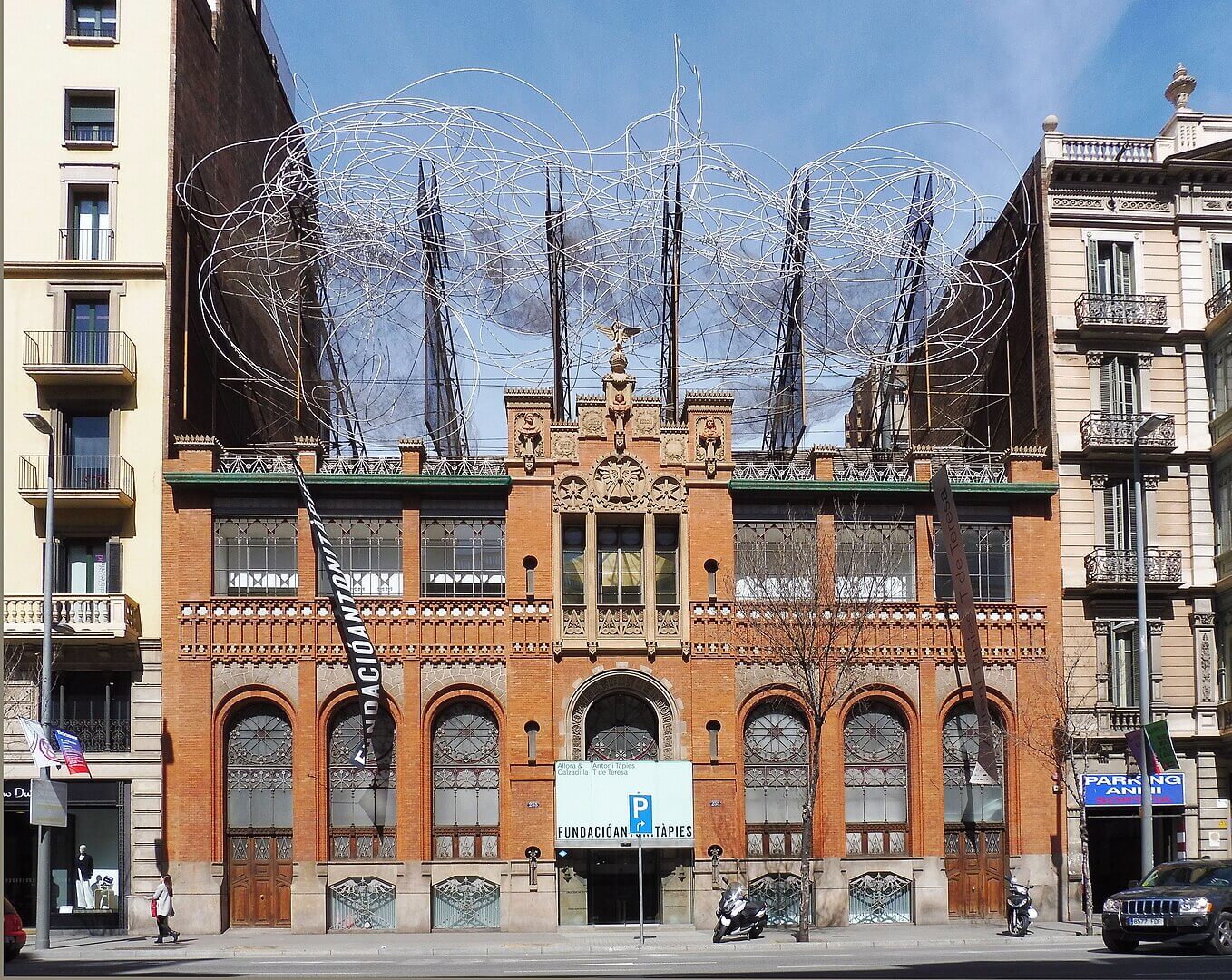 Photo credit: Xavier Badia Castellà - CC BY-SA 3.0, wikimedia
Photo credit: Xavier Badia Castellà - CC BY-SA 3.0, wikimedia
Dedicated to the art and life of the renowned Catalan artist Antoni Tàpies, the foundation in the artist’s name was established in 1984 to celebrate and promote contemporary art and culture. The building itself, a brick and iron structure finished with detailing inspired by Islamic art, was designed by the famous architect Lluís Domènech i Montaner in the 1880s to house the publishing firm Editorial Montaner i Simón. It’s a masterpiece of Catalan modernist architecture, and is made even more impressive by the swirling artwork called Núvol i Cadira (Cloud and Chair) that Tàpies himself installed on the roof.
Tàpies established the foundation himself in 1984 in an attempt to revitalise the landscape of contemporary art in Barcelona. Thanks to a generous donation from the artist, the work of Tàpies' himself forms the core of the museum. Tàpies' eclectic career spanned various artistic movements including abstract expressionism and informalism, and his complex, highly symbolic works touch on a bewildering variety of themes, including politics, ecology, humanitarianism, religion and the supernatural.
Beyond the work of Tàpies', various other contemporary artists are featured in the Foundation’s exhibition spaces. Regularly changing exhibitions, talks and events make the Fundació Antoni Tàpies one of the city’s most vibrant cultural spaces.
CaixaForum
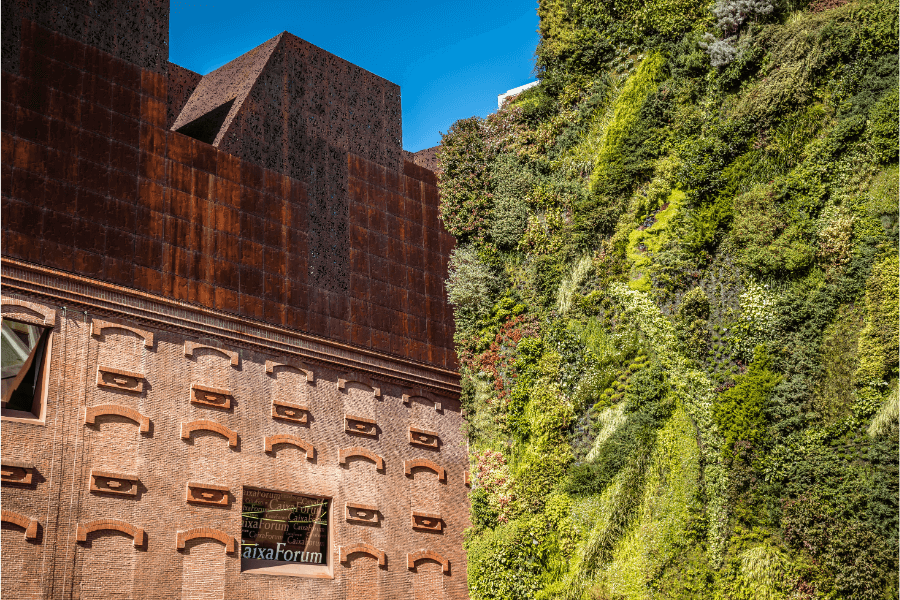
Housed in the highly evocative surroundings of a former yarn and textile factory designed by one of the fathers of Catalan modernism Puig i Cadafalch CaixaForum offers up a permanent collection of contemporary art alongside regular temporary exhibitions which tend to be amongst the city’s best. Although the building itself won the prestigious Annual Artistic Buildings Competition prize in 1913, it had spent decades in various states of disrepair before being purchased by the Fundació La Caixa, a charitable institution set up by Catalonia’s largest bank.
As part of the renovations, the architecture of Cadafalch’s original industrial building was retained. Arata Isozaki was commissioned to add a spectacular entrance square to the complex, while a large, vibrant Sol Le Witt mural beckons visitors into the large entrance hall. Here too is the famous neon cloud created by artist Lucio Fontana for the Milan Triennale in 1953.
CaixaForum, Avenue Francesc Ferrer i Guàrdia, 6-8, ticket prices vary.
Opening hours: Daily 10am-8pm. Jul-Aug Wed until 11pm.
MACBA: Museu d'Art Contemporani
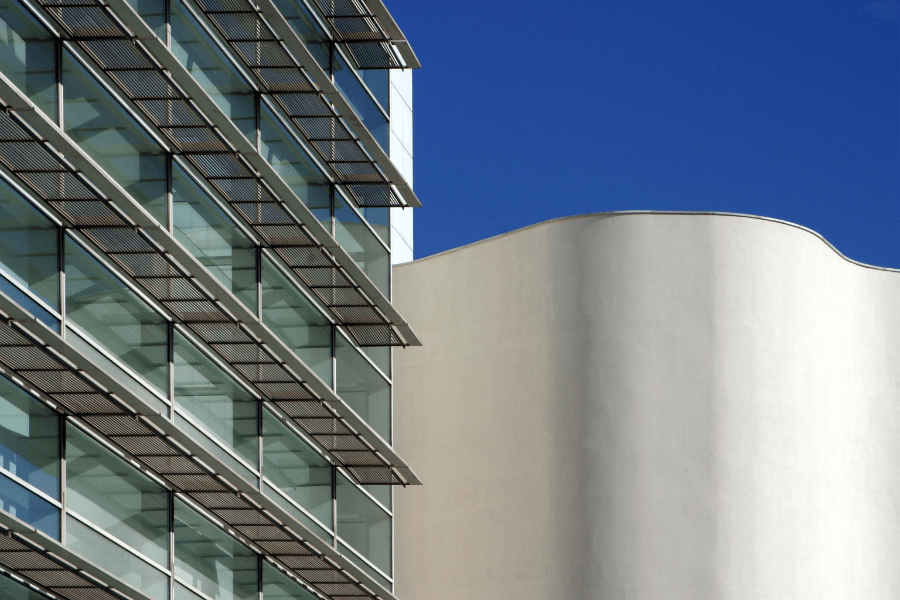
The big daddy of contemporary art galleries in Barcelona, you’ll get a pretty clear idea of what lies in wait in the exhibition spaces of MACBA as soon as you catch sight of the building’s facade looming into view in the central Raval neighbourhood. The massive, glass-fronted, gleaming white edifice was designed by contemporary starchitect Richard Meier in the 1990s, and features a permanent collection of works by 20th century Catalan powerhouses like Joan Brossa and Antoni Tàpies alongside international heavyweights of the calibre of Bruce Nauman, Alexander Calder, Paul Klee and many more.
MACBA’s temporary shows meanwhile are often amongst the most daring and cutting-edge in Europe, making it a must-stop for serious art enthusiasts. Exhibitions typically run alongside a related roster of talks, debates and concerts. The large public space outside the museum, meanwhile, is the preferred haunt of Barcelona’s skateboarders.
MACBA, Plaça dels Àngels, 1, El Raval, €11, €8 reductions, children under 14 free.
Opening hours: Mon 11am-7.30pm; Tue closed; Wed-Fri 11am-7.30pm; Sat 10am-8pm; Sun & holidays 10am-3pm
Planning a visit to Barcelona? Through Eternity Tours offer a range of private tours in Barcelona that take you to the best sites in the Catalan capital, including some of the museums listed here. And of course, if you'd like us to come up with a personalised itinerary featuring any of the museums on this list, our travel experts would be delighted to help!

